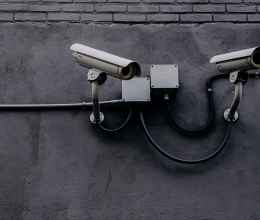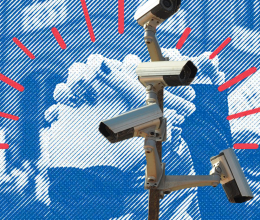
Milwaukee Police Department uses ShotSpotter to record audio and send police into areas where the sound of gunshot is detected.
Acoustic gunshot detection is a system designed to detect, record, and locate the sound of gun fire and then alert law enforcement. The equipment usually takes the form of sensitive microphones and sensors, some of which must always be listening for the sound of gunshots. They are often accompanied by cameras. They are usually mounted on street lights or other elevated structures, though some are mobile and others operate indoors.
Police and the companies that manufacture and sell acoustic gunshot detection systems claim that the point of this technology is to inform police of the location of shots fired, more quickly and accurately than relying on witnesses who may or may not call the police. However, reports have questioned the accuracy of acoustic gunshot detection, including not registering some actual gunshots, while also erroneously registering loud noises like fireworks as gunshots. This can change police behavior and put people at risk, for example, by sending police expecting gunfire to a location where there is no gunfire but there are innocent people out in public.
Moreover, gunshot detection systems can record human voices–and police have used these recordings as evidence in court. As is so often the case with police surveillance technologies, a device initially deployed for one purpose (here, to detect gunshots) has been expanded to another purpose (to spy on conversations with sensitive microphones).
Read more:
- ShotSpotter Leak Shows that Surveillance is Used to Overpolice Black and Brown Communities
- Jon McCray Jones on ShotSpotter surveillance in Milwaukee
- Privacy advocates respond to leaked data of ShotSpotter gunshot detection: Leak reveals the locations of every sensor on the system, including in Milwaukee
- Street Level Surveillance: How Gunshot Detection Works
This technology is only one reason why we need a Community Control Over Police Surveillance (CCOPS) ordinance. CCOPS would require oversight and community input in invasive surveillance technologies, allowing the Wisconsinites being surveilled to make informed decisions about their privacy.
Milwaukee deserves to know how the police are surveilling us. Milwaukee needs CCOPS.

